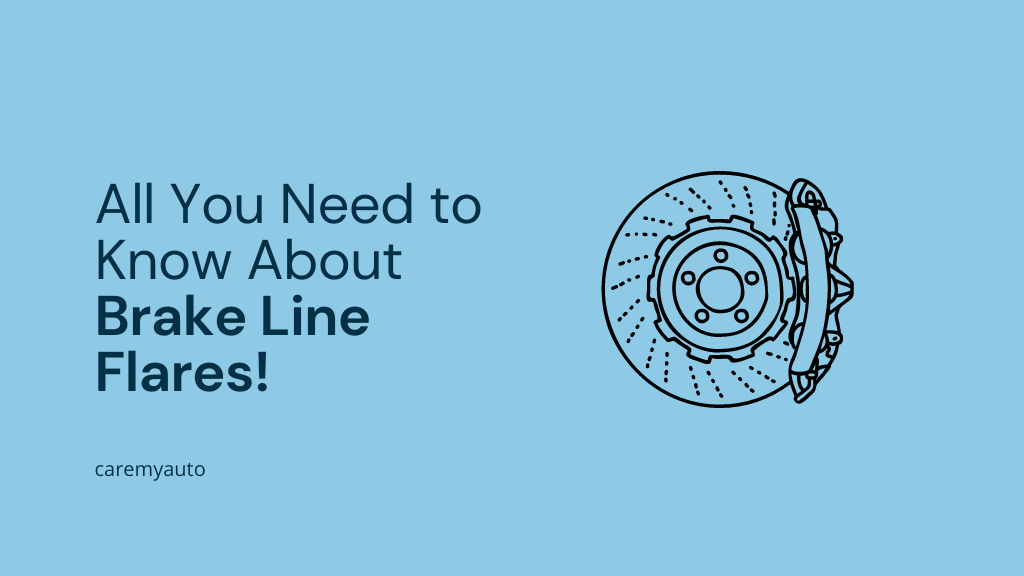In the dynamic world of heavy-duty transportation, the Jake Brake has emerged as an essential tool for ensuring safety and efficiency. This braking system, more formally known as a compression release engine brake, has revolutionized the way truck drivers manage their vehicles, especially when it comes to handling large loads and navigating steep terrains. In this detailed exploration, we delve into the nuances of the Jake Brake, offering insights into its operation, advantages, limitations, and much more, presenting a comprehensive guide for those in the trucking industry and beyond.
How Does a Jake Brake Work?
Think of a Jake Brake like a special kind of brake used in big trucks, not like the regular brakes in a car. Usually, a truck’s engine works by squeezing air really tightly in cylinders to make power. Now, when a truck driver uses a Jake Brake, it’s like they’re telling the engine to let go of that squeezed air quickly. This sudden release of air makes the truck slow down. It’s a smart trick because it uses the engine’s own power to reduce speed, instead of relying on the normal brakes.
Benefits of Using a Jake Brake
The Jake Brake offers multiple advantages, especially for heavy-duty vehicles:
- Reduced Wear on Standard Brakes: Heavy trucks, particularly those carrying large loads downhill, can put immense pressure on conventional brakes. By using a Jake Brake, this pressure is significantly reduced, leading to less wear and tear. This not only prolongs the life of the brake pads and discs but also reduces the risk of brake failure due to overheating.
- Enhanced Fuel Efficiency: When a Jake Brake is employed, the truck’s reliance on fuel for deceleration decreases. This is because the engine braking mechanism slows down the vehicle without the need for additional fuel consumption, which is typically the case when using standard brakes. This efficiency is especially beneficial in long-haul operations where fuel costs are a significant concern.
Limitations and Drawbacks
Despite its advantages, the Jake Brake comes with its own set of limitations:
- Noise Pollution: One of the most notable drawbacks of the Jake Brake is the loud noise it produces. This noise, often described as a deep rumbling or growling, can be quite disruptive in residential and urban areas. It is a significant concern for communities living close to highways or trucking routes.
- Reduced Effectiveness on Slippery Roads: The Jake Brake primarily affects the truck’s drive wheels. On slippery surfaces like ice or wet roads, this can lead to a loss of traction, increasing the risk of skidding or jackknifing. This makes it less suitable for use in adverse weather conditions.
Legal Restrictions and Community Impact
The impact of Jake Brakes on communities and the resulting legal implications are considerable:
- Noise Regulation: Due to their loud operation, many cities and towns have implemented regulations restricting the use of Jake Brakes, especially in noise-sensitive areas. These restrictions are primarily to maintain peace in residential neighborhoods.
- Fines and Penalties: Non-compliance with these regulations can lead to fines or other legal penalties for truck drivers. This necessitates drivers being well-informed about the local laws about engine braking in different regions.
- Community Relations: The use of Jake Brakes near residential areas can strain relations between the trucking industry and local communities. It highlights the need for a balance between operational efficiency and maintaining a harmonious relationship with the communities.
Installation and Maintenance
Installing and maintaining a Jake Brake system requires careful consideration:
- Installation Considerations: For trucks not initially equipped with a Jake Brake, installation can be a complex process. It often involves modifications to the truck’s engine and electronic systems, including the electronic control module (ECM). The costs can vary, and it’s essential to ensure that the truck’s engine is compatible with the Jake Brake system.
- Regular Maintenance: Proper maintenance is crucial for the Jake Brake’s efficient operation. Regular checks should include inspecting the hydraulic system, ensuring proper oil levels, and checking for any signs of wear or damage. Routine maintenance helps prevent breakdowns and ensures the system operates safely and effectively.
When and How to Use a Jake Brake
Understanding the appropriate usage of a Jake Brake is key to maximizing its benefits while minimizing risks:
- Optimal Conditions for Use: The Jake Brake is most effective on long downhill gradients where it helps to maintain a controlled descent without overusing the service brakes. It is also useful in situations where a gradual reduction in speed is required over a longer distance.
- Usage Technique: Engaging the Jake Brake should be done when the truck is at a steady speed. It should be disengaged when accelerating or to respond to changes in road
Comparison with Other Braking Systems
While the Jake Brake is a popular choice among heavy vehicle braking systems, it’s not the only option. Other systems, such as exhaust brakes and transmission brakes, offer their own sets of advantages. For instance, exhaust brakes are quieter and more suitable for areas where noise is a concern. On the other hand, transmission brakes provide effective slowing capabilities but can be complex and might require more intensive maintenance. It’s important for drivers and fleet operators to understand these differences to choose the most suitable braking system for their specific driving conditions and vehicle types.
Conclusion
The Jake Brake is a vital component in modern trucking, offering a blend of safety, efficiency, and economic benefits. Its proper use and understanding are essential for any professional driver or fleet operator. While the noise issue remains a point of contention, ongoing technological advancements may help mitigate this concern. For now, the key for drivers is to use the Jake Brake responsibly, adhering to local regulations and being mindful of its impact on both their safety and the community. With these considerations in mind, the Jake Brake continues to be an indispensable tool in the realm of heavy-duty transportation.


